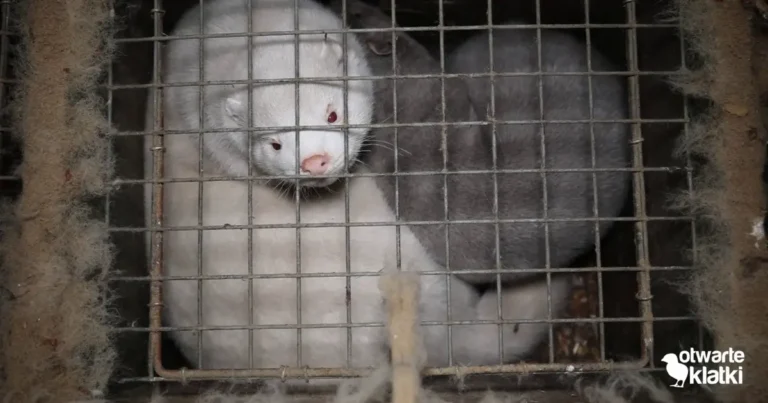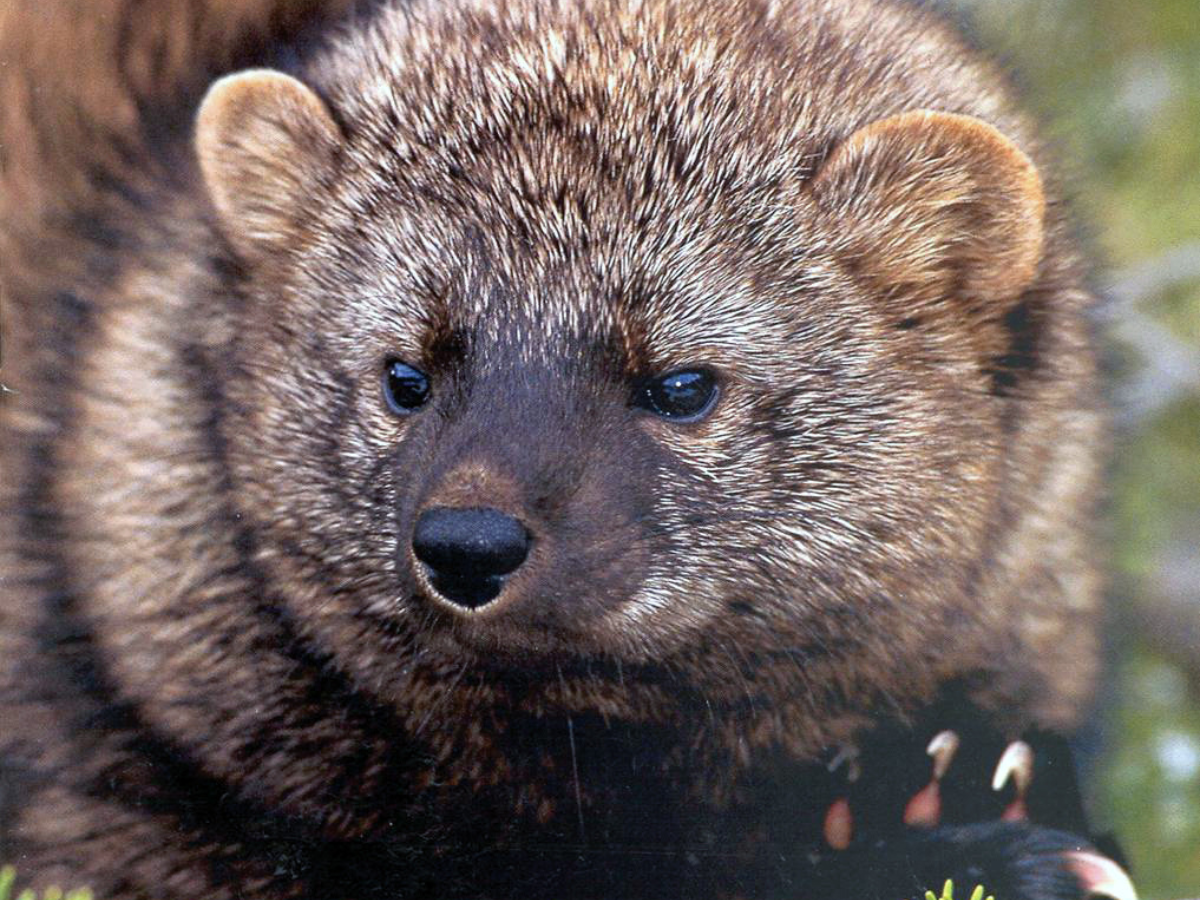
Photo by US Forest Service
By Réjeanne Lacroix
Across the boreal forest, an elusive mysterious member of the mustelid family skillfully traverses up trees and dashes across the detritus in search of small prey. Their slinky body with a bushy tail and compact legs aids agility, whilst rounded ears detect the slightest sounds. Indeed, the fisher (Pekania pennanti) is a capable hunter in Canadian forests, but its way of life is under threat due to habitat loss and degradation. This situation is even more dire for more localized populations in British Columbia.
If one looks at a map of fisher distribution across Canada, it is apparent that the species has a large range extending from the west coast of British Columbia to the east cost of Nova Scotia. However, as vast as this territory seems, looks can be deceiving because the original range of the fisher was severely reduced between the late 1800s to the early 1900s. These fur-bearers were over trapped for their pelts and they were considered pests due to their predation of domestic livestock like chickens and small animals.
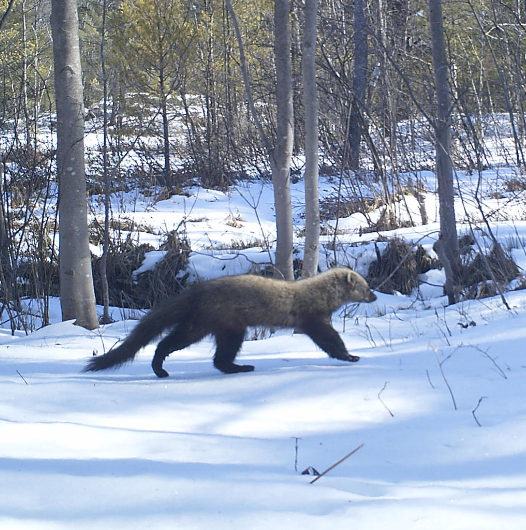
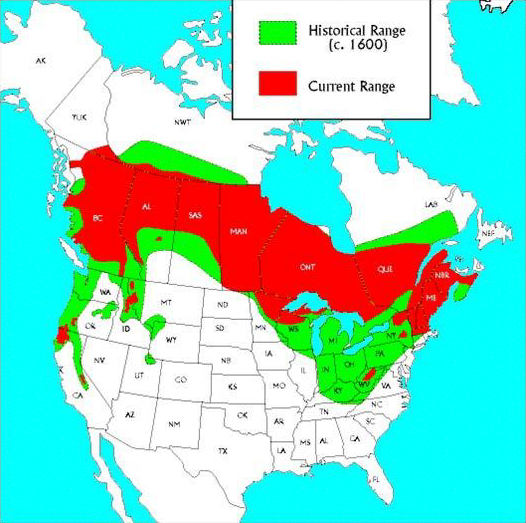
Threats to Fishers
Fishers remain a species routinely caught for their fur and continue to face unfortunate outcomes in interactions with land owners. In the case of the Pacific Northwest in the United States, fishers have succumbed to anticoagulant rodenticides often found at sites used by the extractive industries and other forms of use, including forestry operations and illegal marijuana plantations. It has also been noted that fishers are especially noise sensitive. The increased use of motorized backcountry recreational activities and heavy machinery is expected to increase as previously untouched backwoods are developed.
Besides these forms of human activity, the loss of dense forests as a habitat providing fishers with food sources and den sites to raise their kits mains the key threat to their existence. This species has distinct habitat needs which includes land with a mixture of young and old trees, late seral (old growth) forests and greater than 30% canopy cover.
Additionally, fishers need large coarse woody debris, snags of sufficient size for denning, at least 20% shrub cover, and reliable water sources. Mature trees and dead ones are of special importance to female fishers as they are their preferred denning sites. It has been noted that almost all documented den sites have been found in tree cavities. More precisely, fisher dens can be found in live specimens of hardwood species, conifers, and cavities in dead tree trunks. Clearance of forested lands for commercial purposes without consideration for the unique needs of wildlife that live there disrupts this natural balance and consequently affects fisher population numbers. Protection of female fishers and their denning sites should be of concern because the species is not a prolific breeder.
Fishers trek vast distances hunting birds, lagomorphs, porcupines, squirrels, and other rodents. It has been noted that this species can cover 160 kilometres in a single summer. Ranges differ between sexes with males typically having a home range of 20 square kilometres. In British Columbia, it seems as though fishers must travel further for the necessities of life and opportunity to mate, as home ranges of females vary between 30-50 km2 and while males can cover 100-200 km2. It is a valid hypothesis that this population must traverse further as their habitats are being squeezed by development.
The general loss of forest area habitats is not the only problem related to human development though. Installation of new infrastructure systems (roads and highways) and land use activities ranging from the various extractive industries to recreational use of the backcountry, consequently leads to habitat fragmentation. This development is of concern because the fisher is a species that requires a large range to survive and localized habitats that have been artificially detached from others leaves areas that are too small to support healthy fisher populations. The coupling of a strain on resources with the loss of prime denning sites does not bode well for fisher populations. Even in the case where female fishers can source adequate denning sites in a smaller patch, their young kits face stronger competition for resources once they reach maturity.
Focus on the Columbia Population
Fisher populations that call the Boreal forest home are considered to be stable for the most part; however, niche populations have not been so lucky. In 2020, the B.C. Conservation Data Centre officially recognized Pekania pennanti – Columbian population as an endangered species in the province. Besides the expansion of forest operations, this unique group continues to face habitat loss to the annual wildlife season and the destruction caused by the mountain pine beetle. It has been estimated that only between 299 and 517 specimens of this group remain in the wild. Their plight for subsistence has been hampered by accelerated logging that has removed trees suitable for denning and continued trapping.
It should be noted that approximately 170 fishers are reported killed by trappers each year in British Columbia and they continued to be trapped even after their red species designation. However, new regulations shared by the provincial government spanning the 2020 to 2022 seasons disclose that trapping seasons for fisher pelts in Region 3 (Thompson-Nicola), Region 5 (Cariboo), Region 7A (Omineca) and parts of Region 6 (Skeena) are effectively closed. These protocols remain in place until 2024. The distressingly low fisher population numbers in these areas compelled conservation authorities to reach this decision and it will be interesting to see if fisher populations recover before any subsequent policy decisions are made. Boreal fishers continue to be trapped.
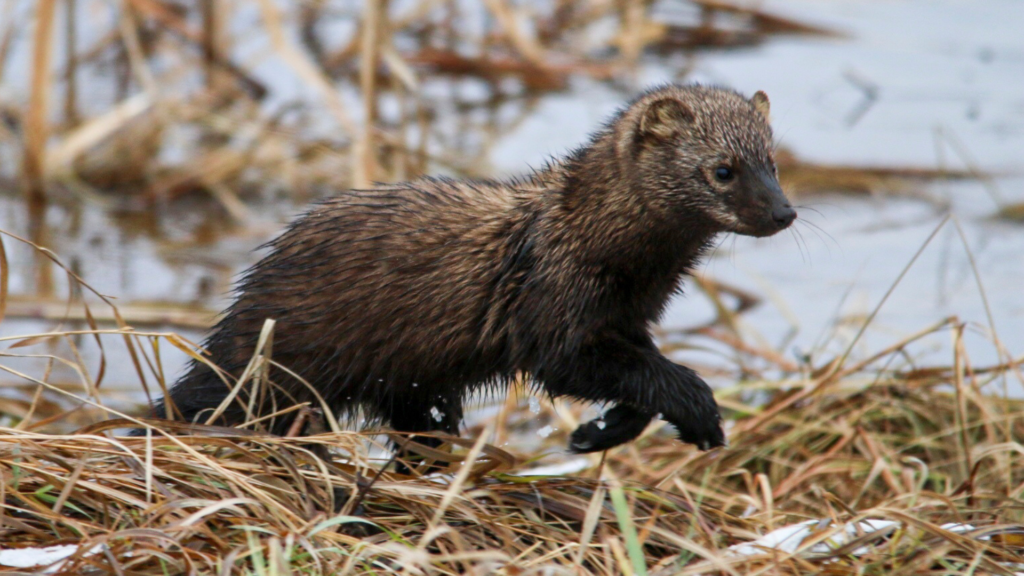
Photo by slimmmerman, iNaturalist. (CC BY-NC 4.0)
What Is Being Done (Or Not Done)
At face value, it seems that habitat protection is the best opportunity to fishers to succeed as a species whether in British Columbia or the Boreal forest across Canada. It cannot be stated enough that fishers require a unique mix of woodlands that provide tree specimens in various life stages and significant canopy cover. This has been common knowledge as the B.C. Fisher Habitat Working Group was established in 2009 and a fisher management plan was expected to be released sometime in 2022.
In February 2021, it was announced that the B.C. government would lead the Fisher Conservation Program on Crown land initiative in conjunction with their federal counterparts at Environment and Climate Change Canada. It does not seem as if much new information will be gained from this relationship as the two partners are focused on investigating how “provincial tools can effectively protect species at risk and the mature forest habitat on which they depend” as well as how “proactive provincial conservation actions can be better reflected in federal decisions”, rather an proactive actions. Potential means to help fishers, especially in the loss of denning sites, includes the use of artificial reproductive den boxes to replace elusive tree cavities. More investigation is required to expand such studies though.
Nonetheless, these needs seem to conflict with land use activities, including natural resource extraction and some forms of tourism. They need not be if corporations and public services prioritize biodiversity as much as economic development. Responsible forest stewardship is therefore key to the protection of fishers and other species distinctively attuned to life in the forest. Industry must agree and implement practices that foster coexistence between commercial operations and the wildlife that requires specific habitats.
It should not be viewed as a burden, but rather intrinsic to their responsible land management policies. Further, these stewardship initiatives must be verifiable, rather than a simple reliance on corporate statements that that they intend to engage in best practices. Habitat protection in lands under development coupled with territory already designated as conservation areas provides fishers with suitable means to achieve and retain desirable population numbers.
Saving fishers requires a unified view that certain pockets of fisher populations have not fared well from habitat loss and fragmentation. Similar problems will eventually face the stable numbers of Boreal fishers if development if allowed to take place wantonly without consideration of wildlife conservation. This situation is amplified by the natural stressors caused by wildfires and invasive species — occurrences routinely dotting Canadian landscapes. The potential disappearance of this member of the mustelid family should be considered a dismal loss to local ecosystems rather than viewing the animal simply as a furbearer with commercial value.
This article was written by volunteer Réjeanne Lacroix on behalf of The Fur-Bearers. Would you like to be a volunteer writer? Find out more about volunteering by clicking here.
British Columbia Fisher Habitat Working Group,
About, https://www.bcfisherhabitat.ca/about/
Fisher Ecology, https://www.bcfisherhabitat.ca/fisher-ecology/
British Columbia Species and Ecosystems Explorer, Pekania pennanti pop. 5 (Fisher – Columbian Population), https://a100.gov.bc.ca/pub/eswp/reports.do?elcode=AMAJF01025
Cox, S., 2020, “British Columbia’s Looming Extinction Crisis”, The Narwhal, https://thenarwhal.ca/bc-extinction-crisis/
Davis, Larry R., 2020, “Fisher (Pekania pennanti) Artificial Reproductive Den Box Study”, Habitat Conservation Trust Foundation and Forest Enhancement Society of British Columbia, https://www.bcfisherhabitat.ca/wp-content/uploads/2019-20-Denbox-Final-Technical-Report-HCTF-31.08.20.pdf
Defenders of Wildlife, Fisher, https://defenders.org/wildlife/fisher
Environment and Climate Change Canada, 2021, “Multi-species Pilot Projects and Spotted Owl Recovery Actions in British Columbia”, Canada.ca, https://www.canada.ca/en/environment-climate-change/news/2021/02/multi-species-pilot-projects-and-spotted-owl-recovery-actions-in-british-columbia.html
Government of British Columbia, 2022, Hunting and Trapping Regulations: Synopsis, https://www2.gov.bc.ca/assets/gov/sports-recreation-arts-and-culture/outdoor-recreation/fishing-and-hunting/hunting/regulations/2022-2024/hunting-trapping-synopsis.pdf
Government of British Columbia, 2020, Trapping Regulations, https://www2.gov.bc.ca/assets/gov/sports-recreation-arts-and-culture/outdoor-recreation/fishing-and-hunting/hunting/regulations/2020-2022/trapping-synopsis-2020-2022.pdf
Green, R., K. Purcell, and C. Thompson, 2015, “A Photographic Field Guide to Fisher Rest and Den Sites in the Sierra National Forest”, United States Forest Service, https://www.fs.usda.gov/psw/topics/wildlife/mammals/fisher_krfp/documents/2015PhotoGuide.pdf
Nature Conservancy of Canada, Fisher, https://www.natureconservancy.ca/en/what-we-do/resource-centre/featured-species/mammals/fisher.html
Nixon, S., C. Dawe, and L. Podolsky, 2021, “B.C. Biodiversity Report Card”, Wilderness Committee and Ecojustice, https://ecojustice.ca/wp-content/uploads/2021/05/BC-Biodiversity-Report-Web.F.pdf
South Coast Conservation Program, Fisher, https://www.sccp.ca/species-habitat/fisher
United States Forest Service, “Here Today, Here Tomorrow: Managing Forests for Fisher Habitat in the Northern Rockies”, Rocky Mountain Research Station, https://www.fs.usda.gov/rmrs/here-today-here-tomorrow-managing-forests-fisher-habitat-northern-rockies
